Introduction of Conductive HIPS Plastic Rolls
Conductive HIPS (High Impact Polystyrene) Plastic Rolls are specialized thermoplastic sheets or rolls designed to prevent the buildup of static electricity.
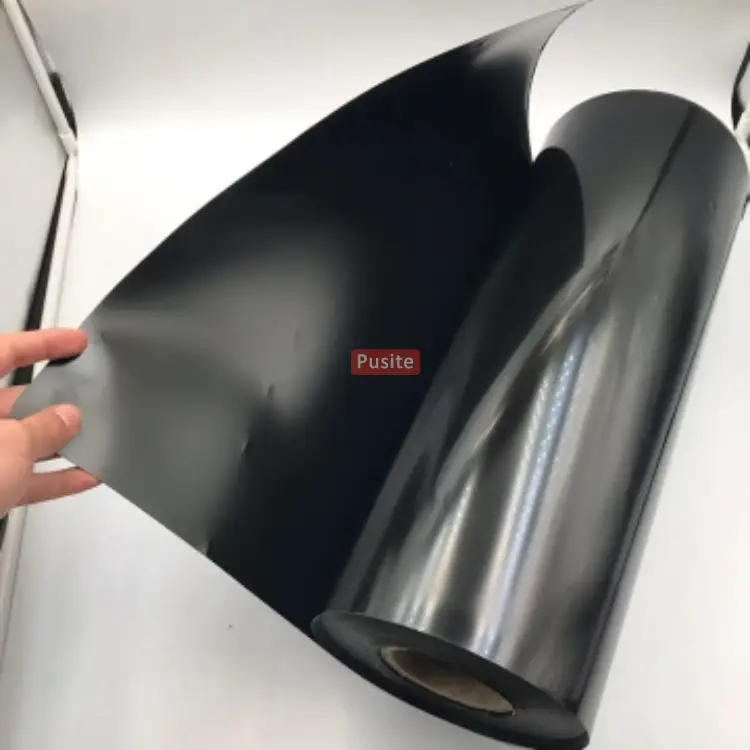
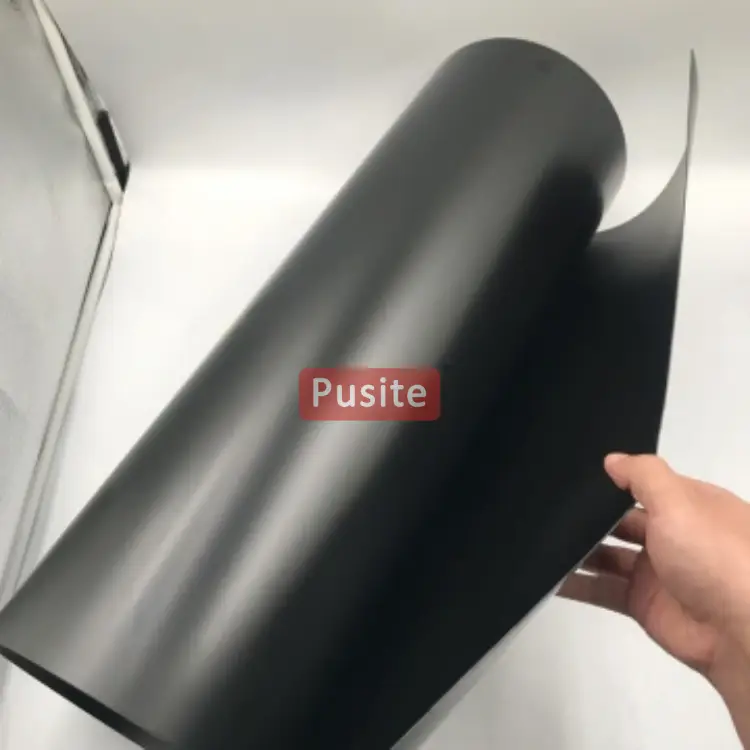
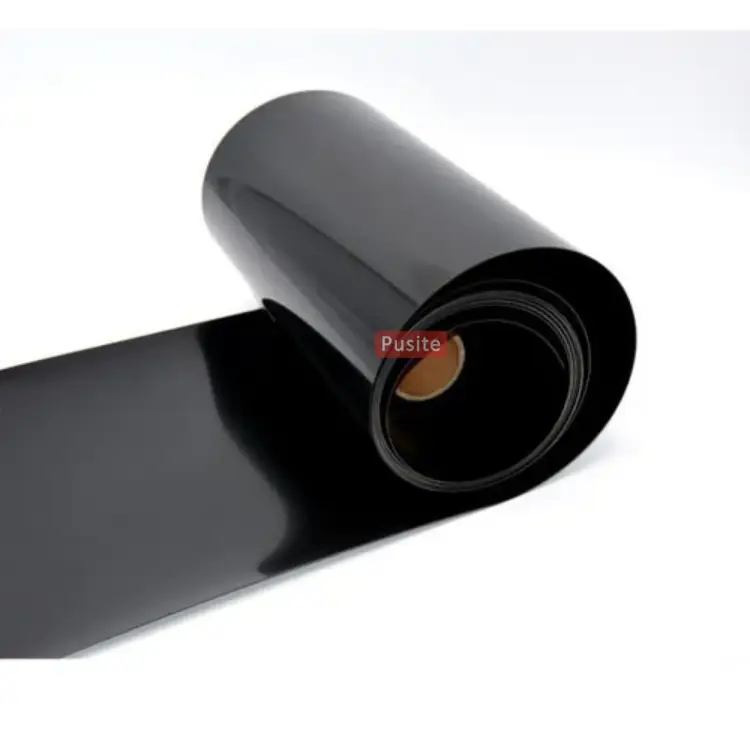
Material Properties
1. High Impact Polystyrene (HIPS):
A type of polystyrene known for its enhanced toughness and impact resistance.
Lightweight, easily thermoformed, and cost-effective.
2. Conductive Additives:
Includes carbon black, conductive polymers, or other materials to ensure electrical conductivity.
Provides a surface resistivity typically in the range of 10310^3103 to 10610^6106 ohms/square.
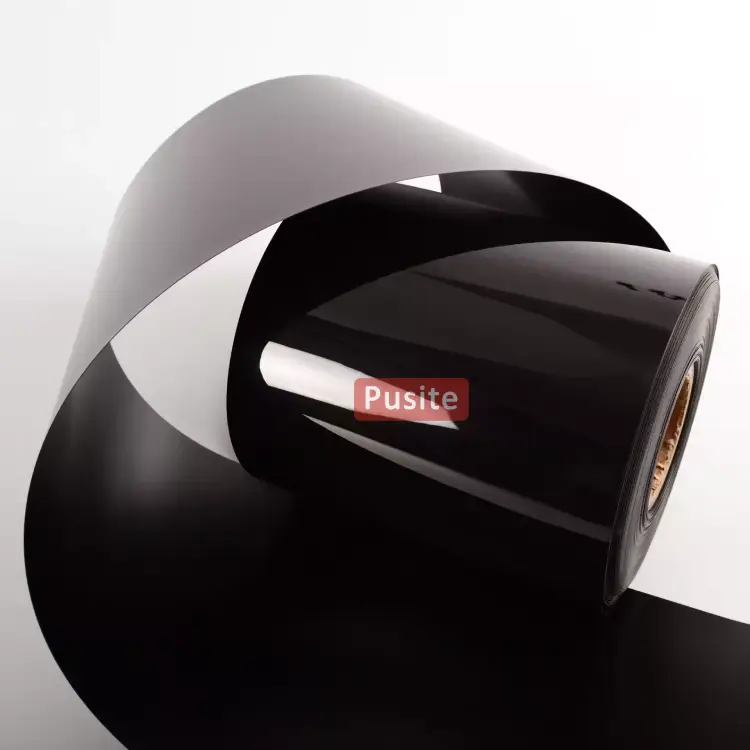
Key Features
ESD Protection: Prevents accumulation of static charges that could harm electronic components or ignite flammable materials.
Durability: Retains the mechanical strength and impact resistance of standard HIPS.
Thermoformability: Easily shaped into various forms for trays, covers, or other packaging.
Chemical Resistance: Moderate resistance to oils and chemicals.
Common Applications
1. Electronics Packaging: Used for making trays, clamshells, and boxes to protect sensitive electronic parts during transport or storage.
2. Automotive Components: Used for interior parts or protective casings requiring static dissipation.
3. Industrial Applications: Suitable for environments with flammable gases or powders where static buildup poses a risk.
4. Cleanroom Supplies: Used for items like tool trays and dividers in static-controlled environments.
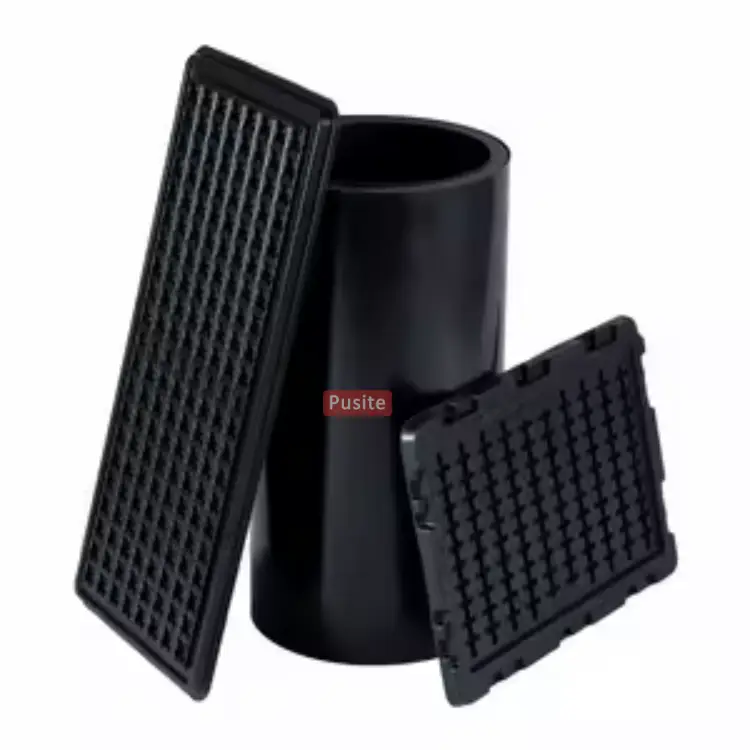
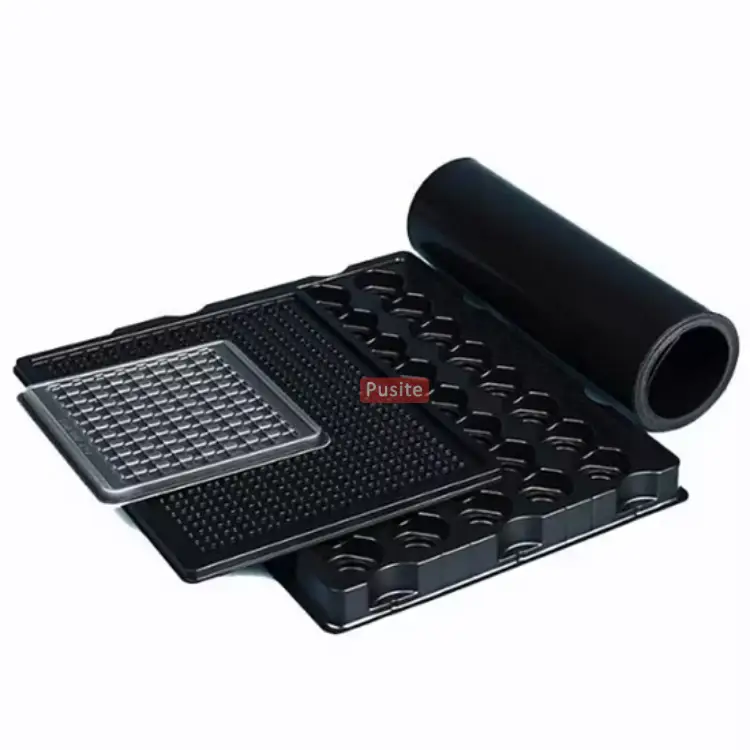
Advantages of Conductive HIPS Plastic Rolls
1. Static Protection
Prevents Static Damage: Ideal for protecting sensitive electronic components, preventing electrostatic discharge (ESD) damage.
Consistent Conductivity: Maintains stable conductive properties, minimizing the risk of static accumulation.
2. High Durability
Impact Resistance: Retains the toughness of regular HIPS, providing strong resistance to impact and physical stress.
Wear Resistance: Suitable for repeated handling and use in industrial environments.
3. Lightweight
Easy to transport, handle, and fabricate into various forms, reducing overall manufacturing and shipping costs.
4. Cost-Effective
Less expensive compared to other conductive plastics like ABS, polycarbonate, or specialty ESD materials.
5. Thermoformable
Can be easily thermoformed into trays, boxes, or other custom shapes for diverse applications.
Suitable for high-volume production with consistent quality.
6. Versatility
Can be used in various industries such as electronics, automotive, industrial, and cleanroom applications.
Compatible with different types of manufacturing processes, including vacuum forming and extrusion.
7. Chemical Resistance
Moderate resistance to oils, greases, and some chemicals, enhancing its suitability for industrial settings.
8. Recyclability
Can often be recycled, contributing to sustainability efforts and reducing material waste.
9. Safety in Hazardous Environments
Reduces the risk of fire or explosion in environments with flammable gases or powders by dissipating static charges.
Pusite Can Offer- Conductive HIPS Plastic Rolls
| Item | Conductive HIPS plastic roll, High Impact Polystyrene Sheet Roll, HIPS Plastic Sheet, Rgid HIPS Film |
| Brand | Pusite |
| Origin | Shanghai, China |
| Width | 300~850mm |
| Thickness | 0.2~2.0mm |
| Weight | 50-150kg/roll |
| Shape | Roll/Sheet |
| Material | 100% virgin |
| Color | Black, White, Color, Natural, Translucent. |
| Performance | Conductive, Antistatic, EOVH High barrier |
| Surface treatment | Matte, high gloss, flocking, etc. |
| Material | Surface resistance (Ω/sq) | Characteristic |
| Conductive | 103 to 105 | Conductive materials have low resistance, so electrons can easily flow through the surface or inside of these materials. The charge will flow to the ground or another conductive object in contact with the material. |
| Static dissipation | 105 to 109 | Compared with conductive materials, static dissipative materials can make charge flow to the ground or other conductors in a more controlled and slow manner. |
| Anti-static | 109 to 1012 | Anti-static materials can inhibit friction and electricity generation. |
